A post by
Thomas Birus
Dipl.-Ing. Food Technology
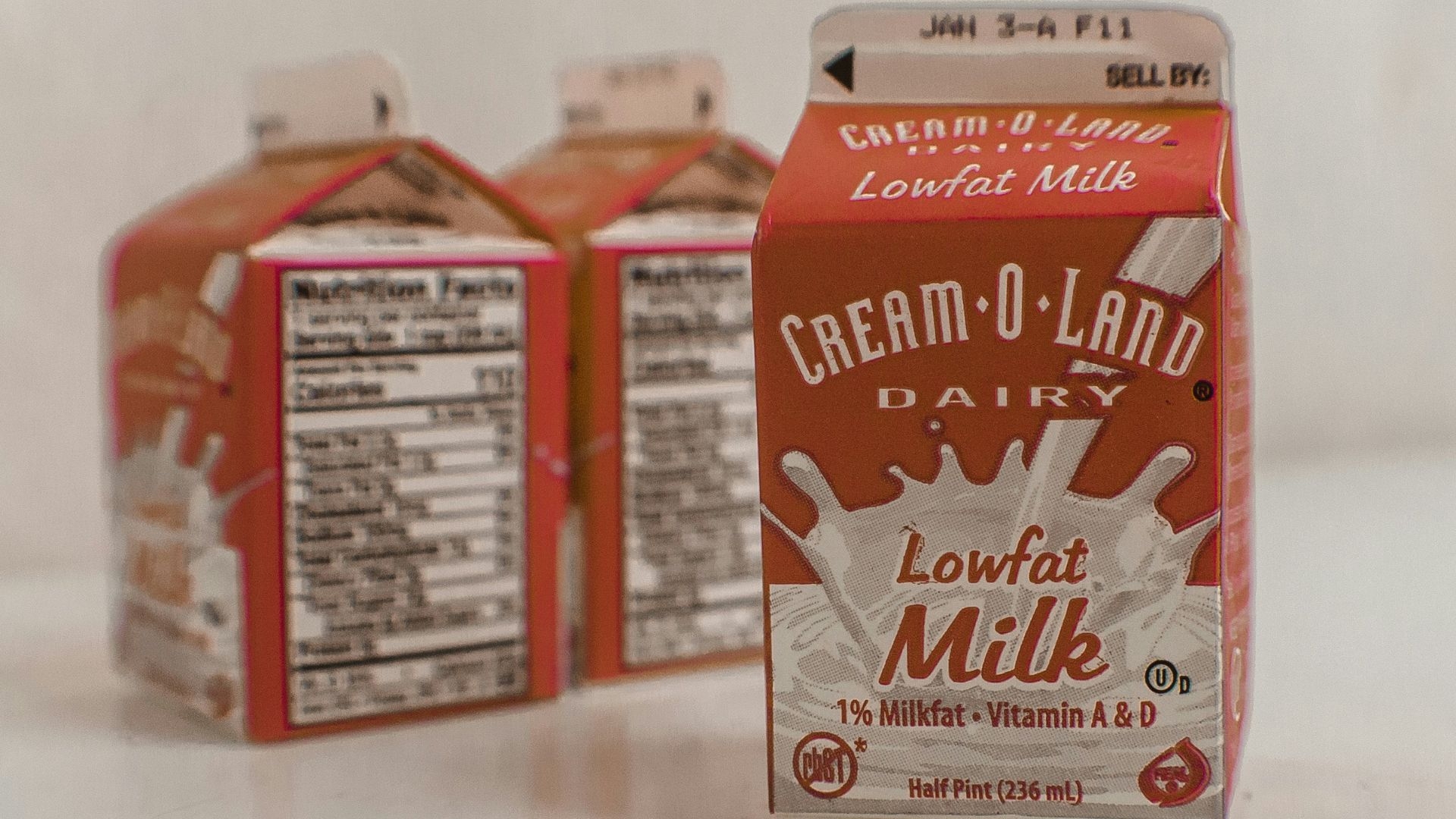
What options are available for packaging sterilisation? How do the processes for sterilising beverage packaging differ and what is important for aseptic filling? This article provides an overview and explains the most important terms.
Released on 16/07/2025
A post by
Thomas Birus
Dipl.-Ing. Food Technology
The best-before date is product-specific and therefore depends on the preservation method used for the product and its storage conditions. Packaging materials and packaging technology have a major influence on the best-before date. The term ‘aseptic filling and packaging’ is often used for long-life products such as vegan drinks, fruit and vegetable juices or UHT milk. First of all, the terms must be classified in terms of their germ status.
When dealing with the topic of packaging sterilisation, it is important to first classify the terms in terms of germ status.
Low-germ product packaging is useful for short shelf lives with refrigeration, depending heavily on the pH value.
Aseptic means ‘free from pathogenic germs’. This is a logical requirement, but by no means sufficient. However, this term is often used synonymously with ‘sterile’.
Sterile packaging is required for goods where ‘all’ existing germs have been killed. The germs remain on the inner surface of the packaging or in the product as ‘cadavers’.
For products packaged in a germ-free manner, every microorganism must be removed. This is rarely the case with foodstuffs and is mainly applicable in the pharmaceutical industry for infusion solutions and similar products.
Of course, the terms are often used synonymously in food technology, which should then be taken into account when designing the equipment, depending on the pH value and best-before date.
The germ count is given in powers of ten, for example in 10² or 10-³ germs per millilitre. The latter value would mean that an average of one germ can be found in one litre of a product. This does not indicate any potential danger to the customer, as it is not possible to determine whether this germ is a food spoiler or contaminant. In principle, it can be said that there is no such thing as ‘zero’ germs.
How can the failure rate, i.e. the number of contaminated packages, be assessed? Let's look at an example. A customer requires one contaminated package per 1,000,000 litre packages. The germ count is therefore one germ per billion millilitres (= 1 x 10-9 CFU/ml). That sounds like very little. However, when you consider that a large company has several high-performance lines running at 50,000 bottles per hour or more, you quickly reach that one million litres. As a result, one package would be contaminated every day. If every tenth contamination led to a complaint, this would result in return or recall campaigns. A nightmare for the company concerned! A bacterial count of 10-12 or 10-13 CFU/ml is considered technologically sterile and therefore safe.
Large packaging manufacturers work with filling plant manufacturers to determine the actual failure rates through a series of tests. This is a complex and important task.
A composite carton for beverages with a long shelf life consists of layers of PE/cardboard/PE/aluminium/PE (from the outside to the inside). During the actual production process, the plastics and aluminium are sterile, but the cardboard is not. The layers are joined together and cut in a single step. This produces cardboard dust containing spores, which then settle on the surface of the packaging. These spores must be killed.
For packaging materials, a germ reduction of at least 4 orders of magnitude is required. This is checked using Bacillus subtilis. Sterile conditions are sought in the filler (e.g. sterilisation with saturated steam at 121 °C for 30 minutes).
A basic distinction is made between dry sterilisation with hydrogen peroxide, UV-C light or pulsed light and wet sterilisation with peracetic acid or steam. Dry sterilisation is common today because no rinsing water is required, which significantly improves the water footprint.
H2O2 is a strong oxidising agent with a reliable sterilising effect. Its lethal effect is based on the formation of atomic oxygen during decomposition. This attacks the surface of the MO and denatures proteins. This leads to death. When used as a solution, a concentration of 20–35% is common. The globally accepted residue in the contents is 0.5 ppm. The MAK value in Germany is 1.0 ppm.
Application as a liquid in sterilisation baths for packaging materials: The packaging material is transported in a loop through a usually heated H2O2 bath and then blown dry with hot sterile air.
Vapour deposition of H2O2: Thin deposits can be achieved. Here, the packaging material surface is completely wetted with hydrogen peroxide. The resulting H2O2 vapour ensures complete sterilisation, even in corners and edges. The residues are then removed with sterile hot air.
Disadvantages of H2O2:
In dry sterilisation, PET bottles are transported to the filler via a sterile air transport system. The H2O2 evaporates in the steriliser and settles as a condensate mist on the surface to be disinfected. The warm air supply activates the H2O2 and supports the sterilisation process. Drying is carried out using sterile warm air. The closure sterilisation process works on the same principle.
Today, Krones AG, for example, sterilises the preform (including lightweight containers) rather than just the bottle. Here, too, only one sterilisation medium is used, namely gaseous hydrogen peroxide. Compared to classic aseptic processes with container sterilisation, the Contipure AseptBloc enables material savings of around two grams per bottle.
In addition, suitable sensor technology can generate further benefits, as Paul Schönheit, Head of Sales Aseptic Technology (Krones AG), emphasises: "Visual inspections of preform necks and closures ensure good mechanical processing of the packaging materials in the block and minimise incorrect closures, emergency stops and interventions in the sterile area, which would then require re-sterilisation. Instead of an emergency stop, which can mean production losses and the loss of hundreds of preforms from the oven, the incorrect locking of a single blow moulding station is detected during operation and only the individual station that is incorrectly locked is selectively removed from the loop."
Low-pressure mercury vapour lamps emit a considerable proportion of their radiation at 253 nm. This frequency coincides with the maximum absorption of DNA and destroys the bonds between nucleotides. This prevents the microorganisms from multiplying.
The irradiation time is 0.2 to 0.3 seconds at a lamp distance of two to five cm. However, the penetration depth of the UV-C rays is low. The irradiation dose in mW*s/cm² is decisive for the germicidal effect. With a dose of 120 to 250 mW*s/cm², a germicidal rate of 4 log can be achieved within a few seconds. Conidia of Aspergillus niger are particularly resistant due to their black colour.
Please note:
The irradiation output may decrease with prolonged use of the lamps.
Airborne germs that settle on the packaging are more resistant.
Contamination on the surface of packaging materials and lamps protects the MO. Therefore, the lamp surface must be cleaned regularly.
UV-C emitters are sometimes used to disinfect mineral water caps. UV light is also used to sterilise drinking water and indoor air.
Short, intense pulses of light from a broad spectrum (wavelength from 200 to 1000 nm) are generated by xenon gas lamps and are used to sterilise packaging surfaces. The light is emitted in short (μsec to sec), intense (several J/cm²) light pulses at a high frequency (up to 10 Hz). Pulsed light systems are used, for example, for flat and sports caps of various shapes. The germicidal rate reaches up to five orders of magnitude on the surface in contact with the product.
The advantage is that the process does not require water or chemicals. However, regular validation after three years is important to detect any insufficient energy exposure to the packaging surfaces.
Peracetic acid is used together with steam for the cold sterile filling of beverages in plastic bottles. It is a pungent-smelling liquid that requires thorough rinsing with sterile water. This is now considered a disadvantage, also from an ecological point of view. For this reason, it is hardly ever considered when purchasing new equipment, but is sometimes available as a special order.
It is not possible to convert such filling systems to sterilisation with hydrogen peroxide.
This sterilisation method is not widely used. Steam at 100 °C and atmospheric pressure is moist. When the steam condenses, the surface of the MO is completely wetted, killing any germs. The residues are harmless. Nevertheless, the packaging material is blown dry with hot sterile air after treatment.
Machine translated
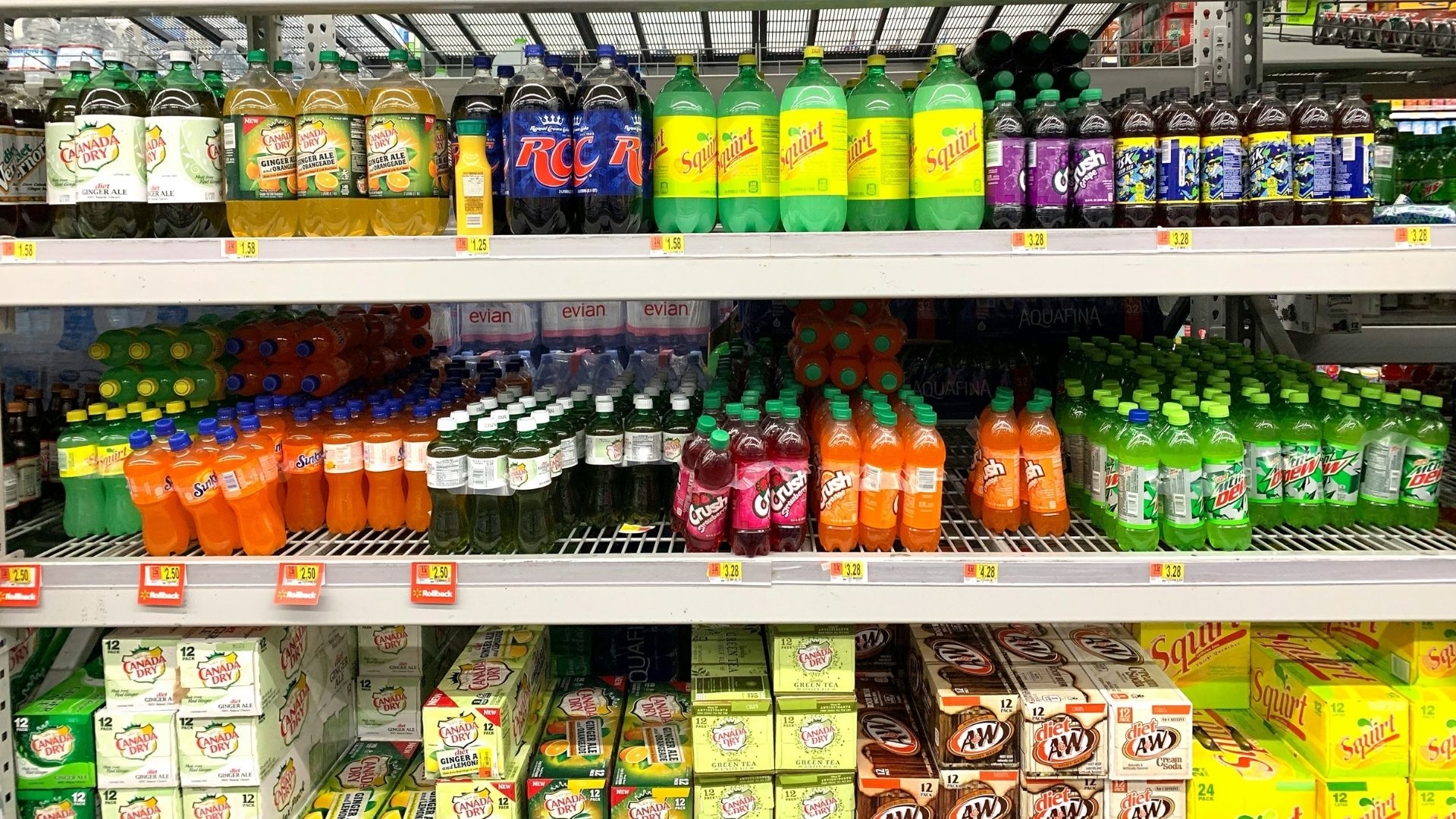
Product safety
A post by Thomas Birus
Read more
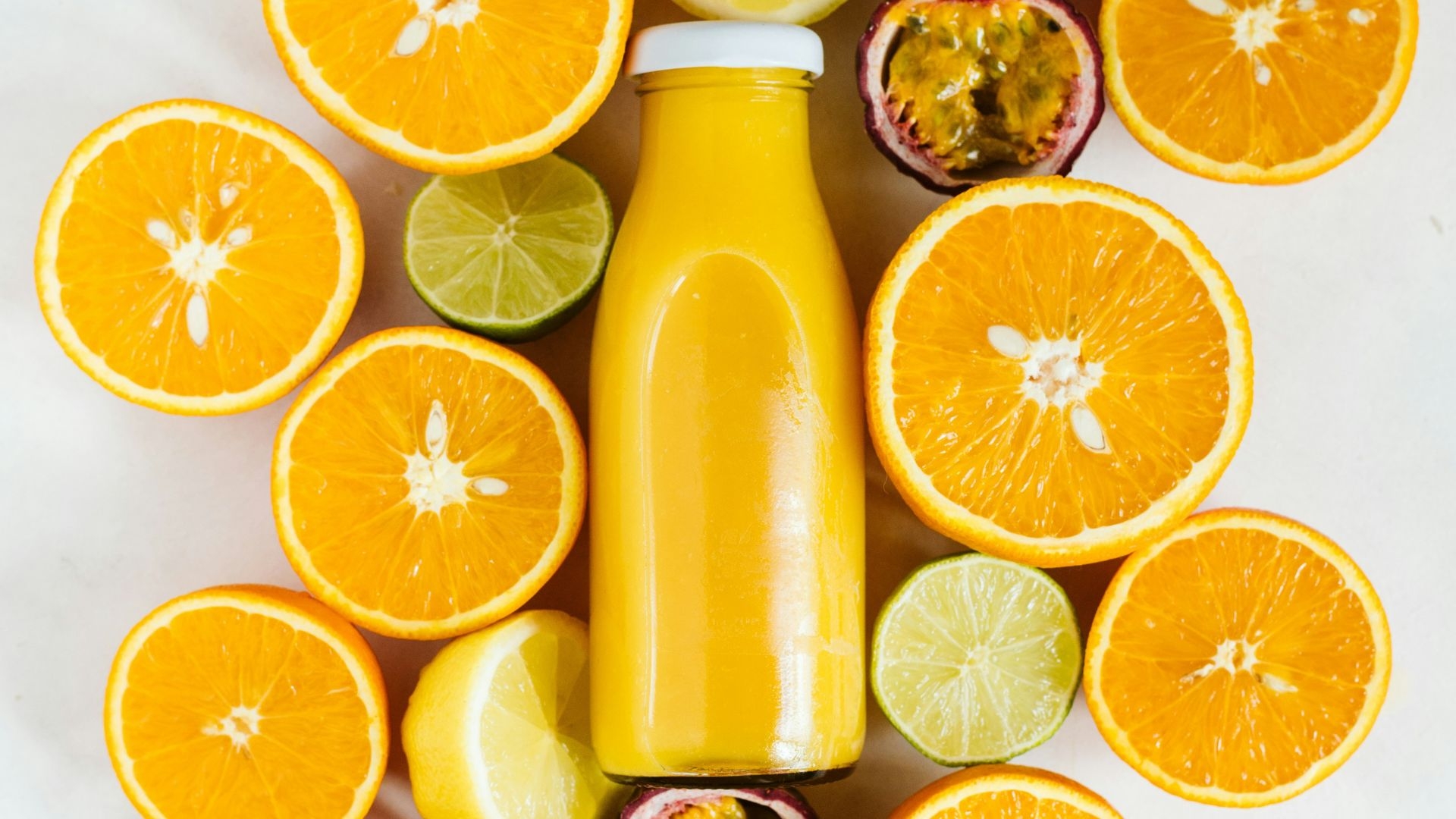
Product safety
A post by Thomas Birus
Read more
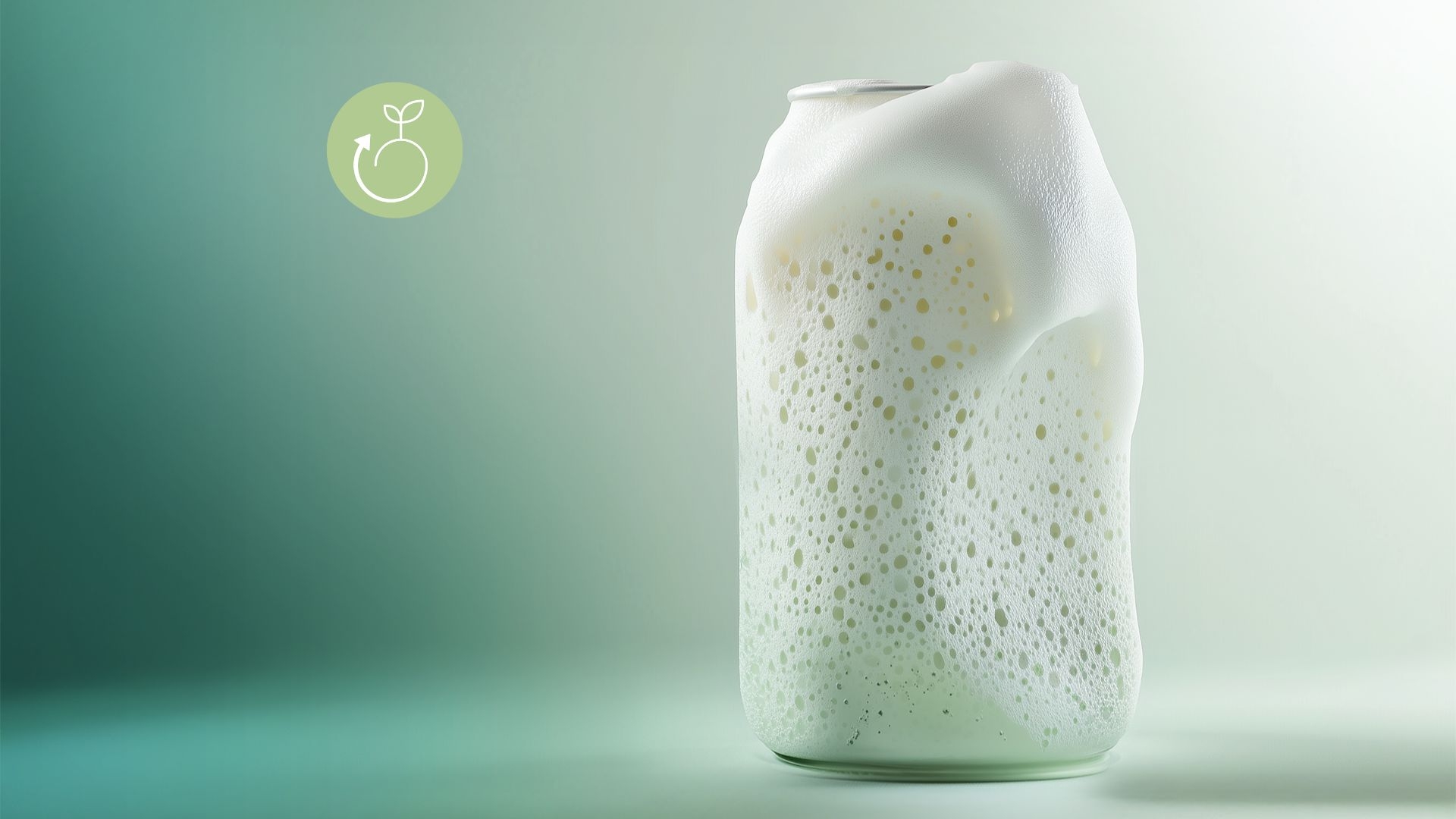
Circularity & Resource Management
A post by Susanne Blüml
Read more
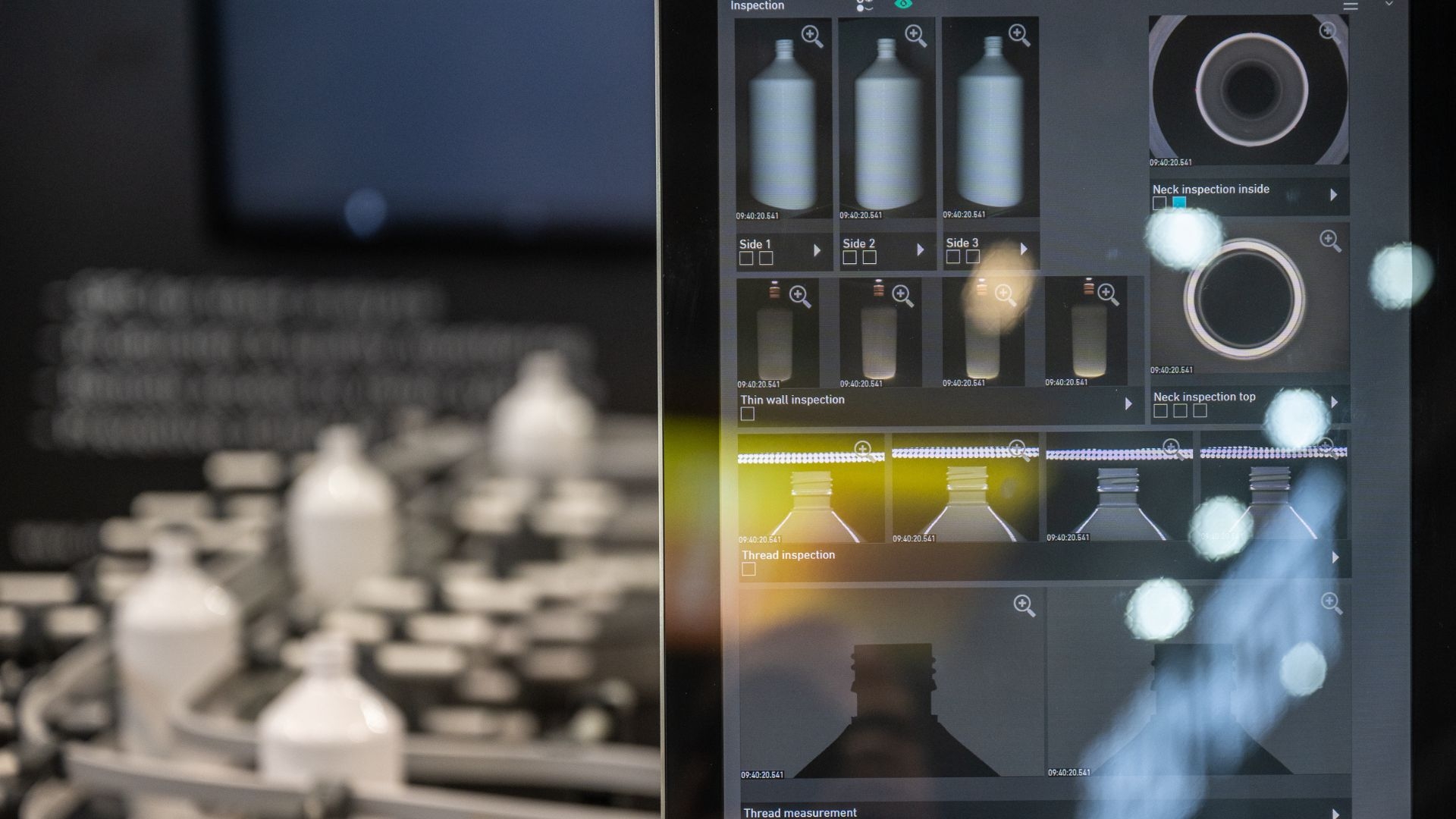
Data2Value
A post by Thomas Birus
Read more